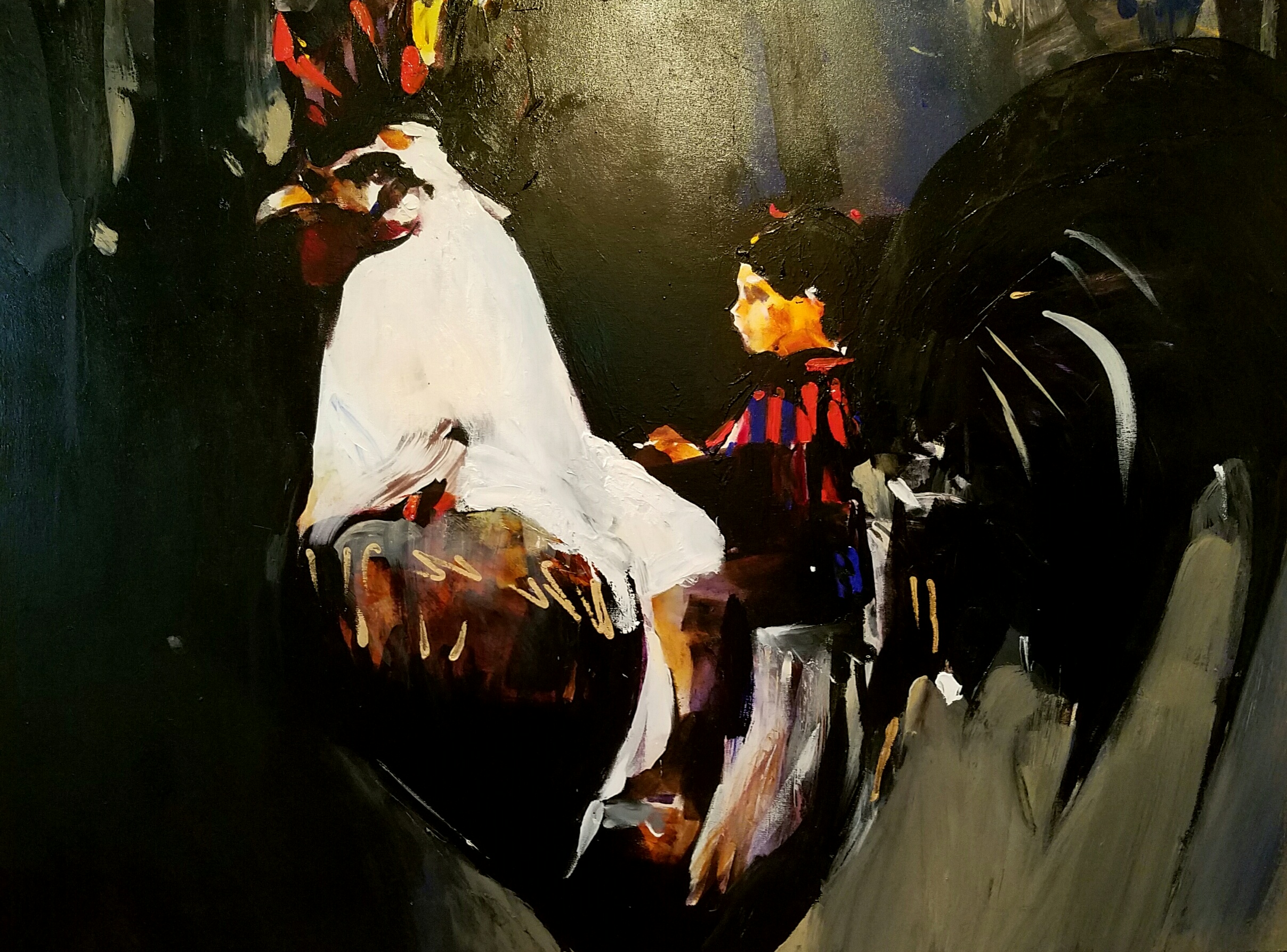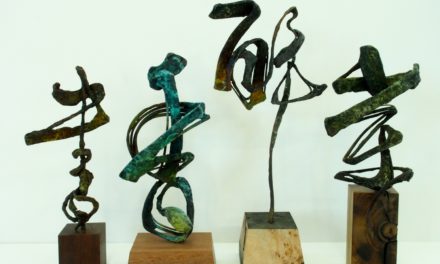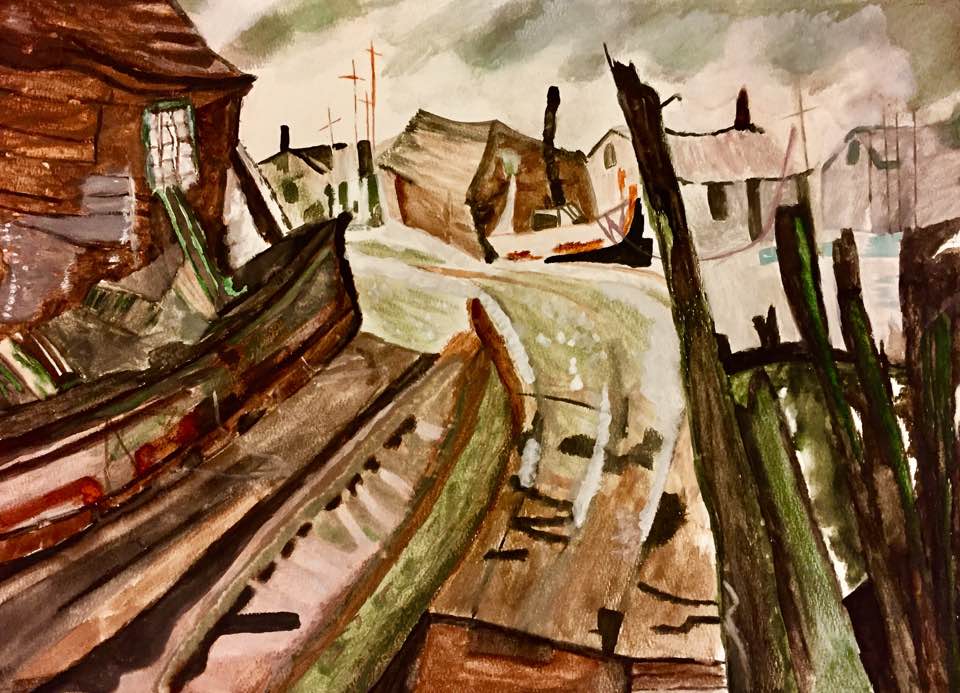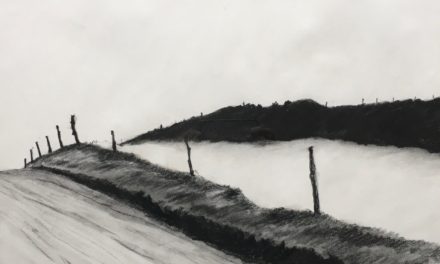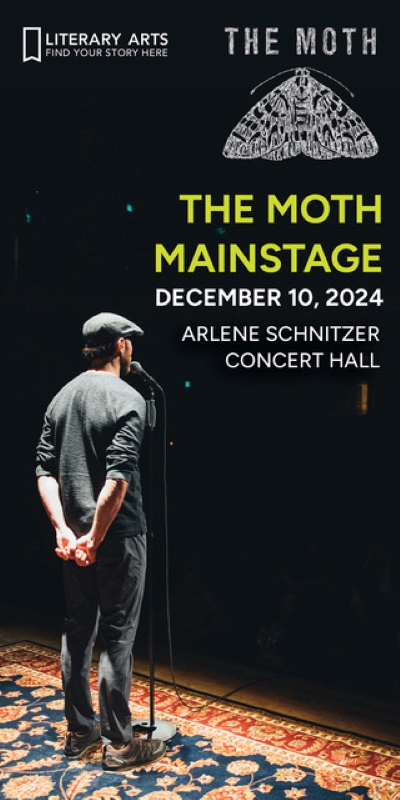By Randi Bjornstad
Paintings by Eugene oil painter Adam Grosowsky are hard to miss. They’re big, and at the same time that they’re redolent with primary color, they’re also lavished mysteriously with black. The result is striking, gripping and more than a bit mysterious.
Grosowsky obviously is one of gallerist Karin Clarke’s favorites, based on the fact that she shows his work in one way or another — from solo to group to just one or two here and there on the walls — several times a year.
Through Dec. 24 — the artist’s reception is 5:30 p.m. to 7:30 p.m. on Dec. 2 during downtown Eugene’s First Friday ArtWalk — Clarke is featuring a show called “Adam Grosowsky: The Ride” that consists of new works he’s created during the past year.
Women often are the subjects of Grosowsky’s paintings, but “The Ride” is an exception, each work in the group showing a young boy with a large animal, among them a baby elephant, a lion and a Manchurian crane.

Eugene oil painter Adam Grosowsky often chooses women as subjects for his portraits
The exhibit also includes other figures, portraits and landscapes.
The explanation for the emphasis in this show is that one of Grosowsky’s heroes, artistically speaking, is the Spanish painter Francisco Goya, who lived from 1746 to 1828 and who began painting seriously by his teens.
Goya’s oeuvre began with family portraits of nobility, moving later into female figures, both nude and clothed, followed by depictions of the six-year Peninsular War, which began when France invaded Spain in 1808.
During his later years, apparently haunted by fears of old age and dementia, the artist, who had become deaf, withdrew from society and his paintings became far more grim, dark and despairing. He created a set of 14 “Black Paintings” by painting them on the plastered walls of his house, with no expectation that they ever would be exhibited.
But decades after his death, the plaster murals were removed from the walls and affixed to canvas, eventually becoming a permanent display at the Prado Museum in Madrid.
These Goya paintings range from a sweet portrait called “The Dog” to a frightening group of hags called “Witches Sabbath” and in between dark but meticulous pieces such as “Women Laughing” and “Men Reading.”

“Boy on Baby Elephant” by Adam Grosowsky
In announcing the show, Clarke points to the influence on Grosowski of “Los Caprichos,” a set of 80 etchings that Goya created in 1797-98, which the artist intended to parody the foibles — superstition, ineptitude of the ruling class, the decline of rationality and failures in education — in Spanish society of the time.
The series comprises mostly finely drawn characters and caricatures, but it also, especially in the later etchings, liberally employs animals and mythical creatures.
But the influence of the “Black Paintings” also is unmistakable in Grosowsky’s work, absorbing the essence of those Goya paintings even as he continues to refine his own singular style.
Karin Clarke Gallery
What: “Adam Grosowsky: The Ride”
When: Through Dec. 24; opening reception 5:30 p.m. to 7:30 p.m. on Dec. 2
Where: 760 Willamette St., downtown Eugene
Gallery hours: Noon to 5:30 p.m., Wednesday through Saturday
Information: 541-684-7963, kclarkegallery@mindspring.com or karinclarkegallery.com

